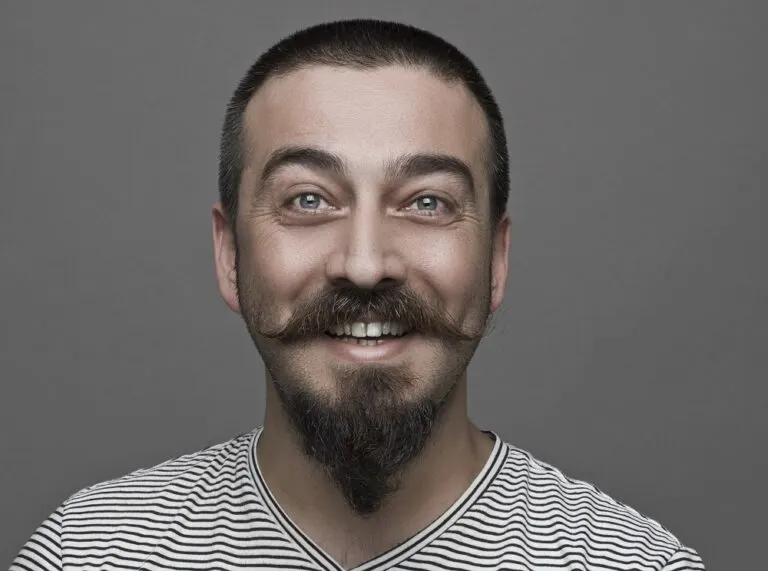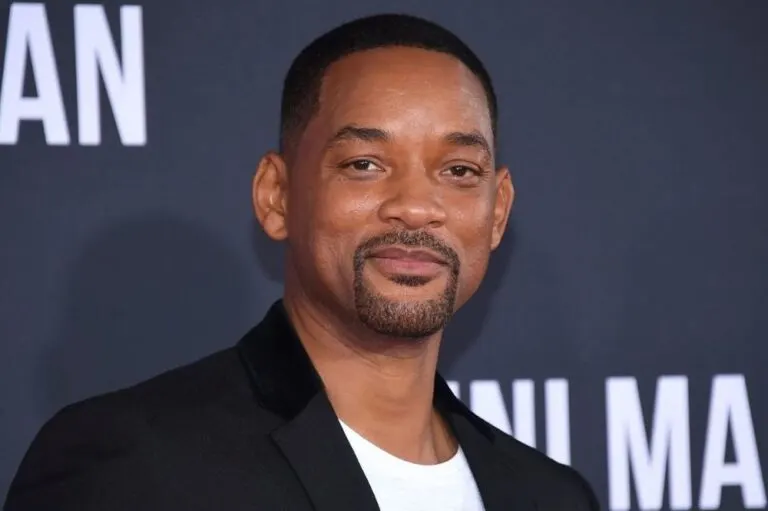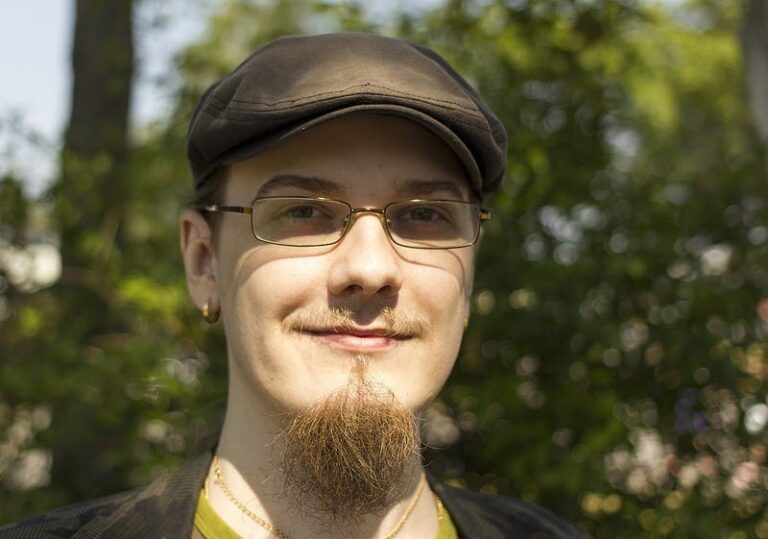Van Dyke Vs. Goatee: What’s The Difference?
The joy of every young man going through puberty is realizing the ability to grow facial hair. And then you start shaving and realize it’s a never-ending chore to maintain the tiny hairs growing from your face.
You could have a total disregard for societal rules and not groom your facial hair – which sometimes happens. Or you can style your beard, mustache, and goatee with various lengths and cuts.
One style decision is Van Dyke vs. Goatee. This article will explore each style, their fundamental differences, and which one you should pick.
What Does A Van Dyke Beard Look Like?
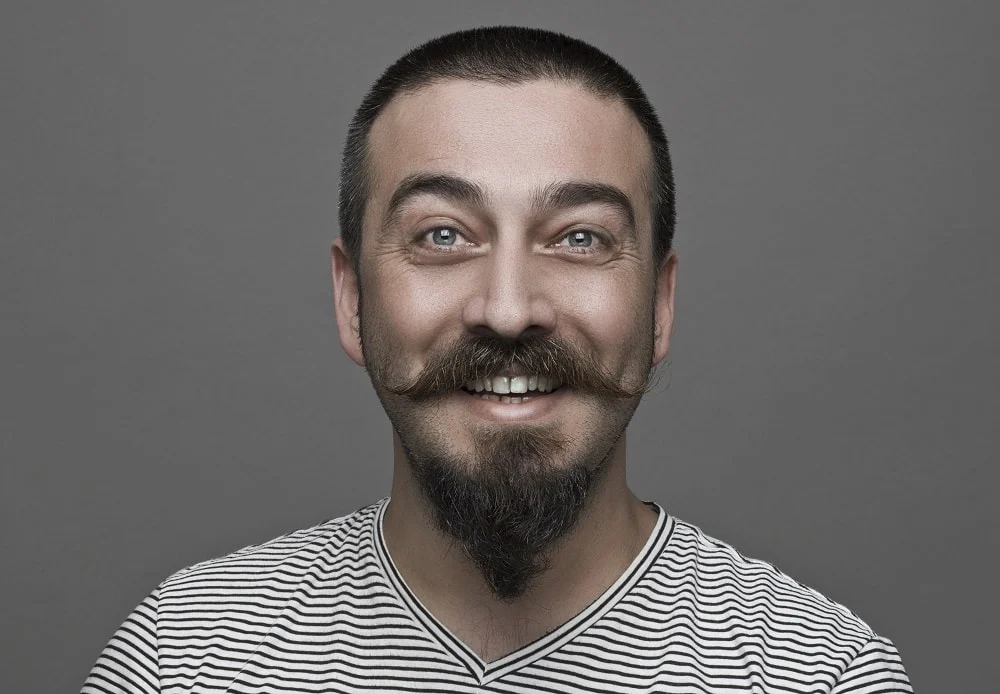
Look at any picture taken of Johnny Depp in the past decade, and you’ll have a good idea of what a Van Dyke beard looks like.
The general description of a Van Dyke is any style of mustache that does not connect to a goatee. Now the size and style of your mustache and goatee are entirely up to you. You can have a full mustache or a short one, and the goatee can cover your entire chin or shave it, so you have a soul patch (a small amount of hair under the bottom lip) and a strip of hair on your chin.
The distinction of a Van Dyke is the clear separation between the mustache and goatee, no matter the shape or style of either. It’s a look that became famous when 17th-century Flemish painter Anthony Van Dyke and his models sported the look.
The style back then was to shape the mustache by twisting the ends upward and the goatee to a sharp point. It’s also sometimes called a “Charlie” after King Charles I of England, who once sat for a portrait by Van Dyke.
If you want a Van Dyke beard, there are several styles to consider. Men usually have clean-shaven cheeks and sideburns with a Van Dyke, but current trends are changing up this classic look. Nevertheless, the Van Dyke can be a very distinguished look for those who are willing to take the leap and style your mustache and goatee into a well-groomed cut.
What Does A Goatee Look Like?
During the 1940s, 60s, and 90s, the goatee was a trendy style. Since the pandemic, all forms of beard growth are making a comeback, so it’s within reason to see the return of the goatee’s popularity.
Technically, a goatee is facial hair on the chin. This type of goatee does not include the mustache, but you can connect the mustache and chin hair for a full goatee. In either variation, you can include the soul patch or not; this is your choice.
According to the Oxford Dictionary, a goatee is a small pointed beard that grows only on the chin. It resembles the small pointed beard found on goats, hence the name. But you can buck this definition and connect your mustache for a full goatee style. The length of mustache and chin hair is for you to decide, depending on how much grooming you want to do.
Throughout the years, the goatee seems to be the style choice for rockstars and rebels. At least that’s who made it famous in previous decades with the beatniks (40s), hippies (60s), and grunge or alt-rock groups (90s). Today there are clean-looking goatees, and everyone from professors to athletes is sporting the look.
The best goatee beard style is attainable; you just need to decide your preferred style and shape.
Van Dyke vs. Goatee: The Key Differences
It’s understandable to mistake a goatee for a Van Dyke. At first glance, the two styles look very similar. It’s safe to say that the styles are confusing, especially when you look at someone with a Van Dyke beard next to someone with a full goatee.
Some may even consider a Van Dyke a type of goatee because it includes a mustache with chin hair. Some people debate this distinction, but we won’t touch that argument. We’ll go over the key differences between Van Dyke beards and goatees and let you decide.
- To distinguish between a Van Dyke vs. goatee, the most significant factor is whether or not there’s a clear separation between the mustache and goatee.
- If you style the mustache, possibly even curled into a handlebar, with a separate (and possibly styled) goatee, then you are looking at a Van Dyke.
- If the mustache connects to the chin hair, then you have a goatee.
- In both styles, the cheeks and sideburns are clean shaved. It’s the one thing they have in common so we can celebrate their similarities instead of the difference between Van Dyke and goatee.
Van Dyke or Goatee – Which One Should You Pick?
To determine which style works best for you, it comes down to what you can grow, maintenance efforts, and personal preference.
Some men simply can’t grow a full beard or have patchy spots. But this disconnected problem is the perfect environment for a Van Dyke beard. Shave the patchy beard off and use the areas that refuse to connect as the starting point for your Van Dyke.
If you enjoy taking care of your facial hair and always have the latest and greatest oils and brushes, then either the goatee and the Van Dyke are great choices. However, if you have a long goatee (in either style), you will need to maintain it for health reasons.
Sure, a Van Dyke is a bit more complex than a full goatee because you need to keep the mustache separated from the chin hairs, but both do require some maintenance efforts.
If you are looking to make a statement and have a distinguished look, the Van Dyke is your look of choice. Goatees are considered less maintenance and look good on most face shapes. If you have a long face, grow a long goatee; circle faces should grow a rounded goatee to soften the angles, and a full goatee on a square face looks perfect.
Related Topics:
Van Dyke vs Anchor Beard: What Are the Differences?
Beard Vs. Goatee: Which Style is More Attractive?
Conclusion
Ultimately, your choice between Van Dyke and goatee comes down to what you want to do with your facial hair. Our recommendation is to try both if you can. That’s one of the great benefits of this chore that never really goes away; you can occasionally try something new and different and find the look that best fits you.

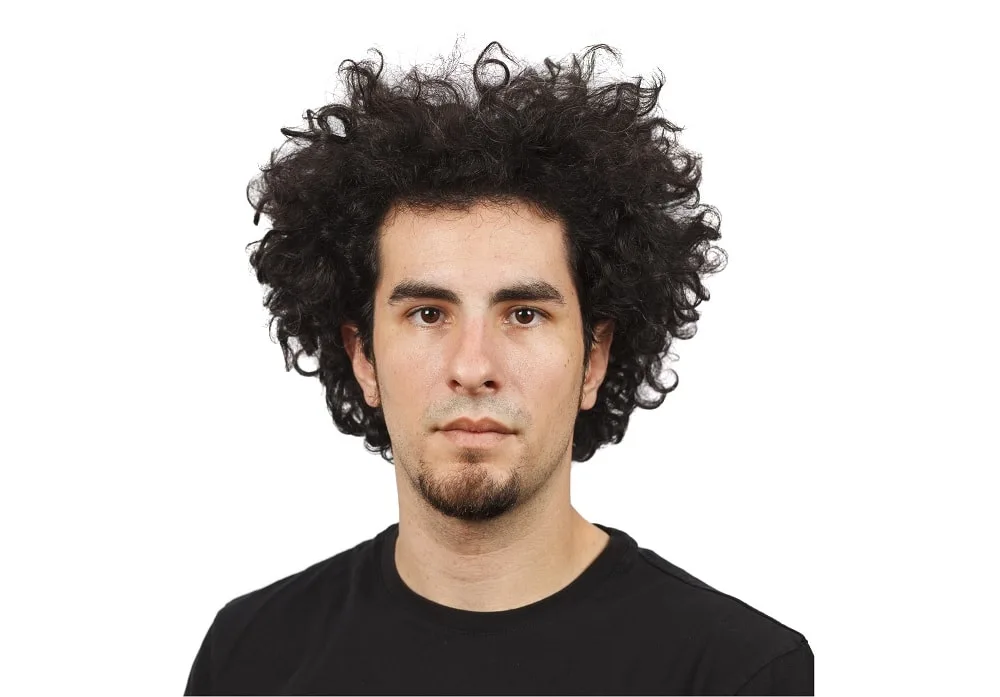
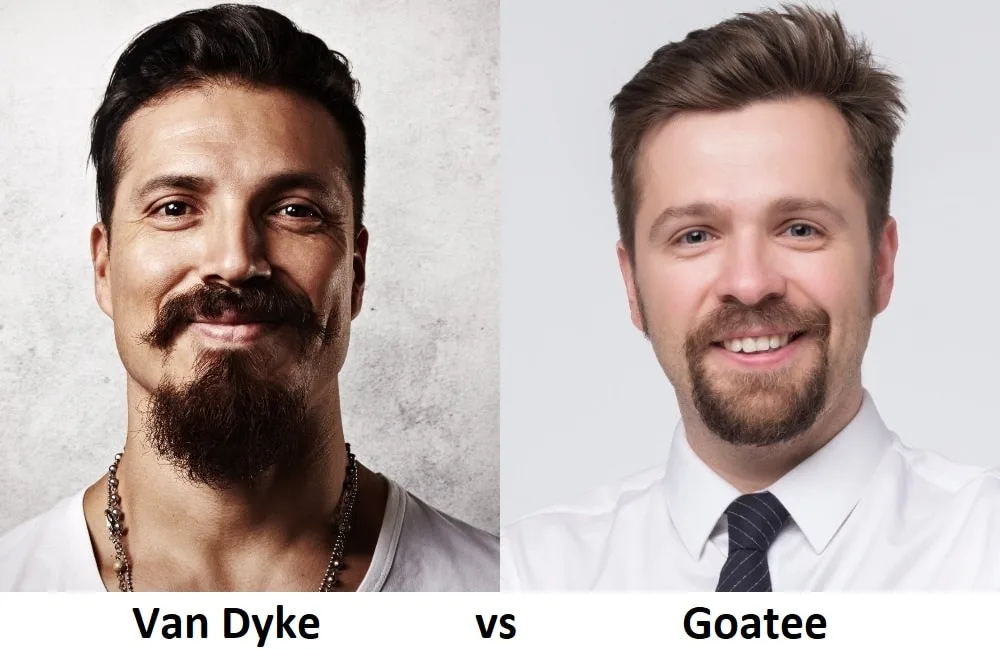


![35 Iconic Goatee Styles for Black Men [2024]](https://beardstyle.net/wp-content/uploads/2018/11/black-men-goatee-styles-13-768x513.jpg)
